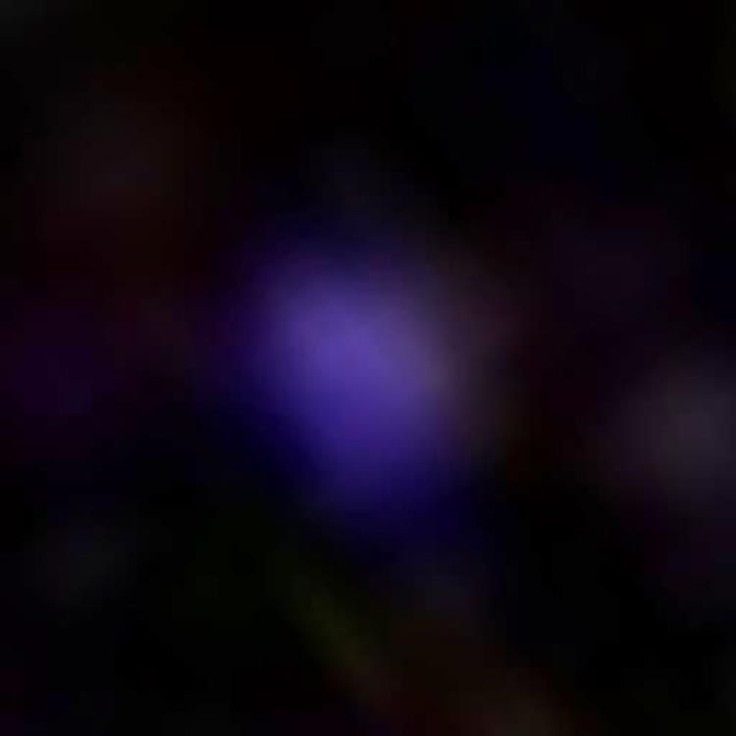Nearby Dwarf Galaxy With Record-Low Oxygen Resembles Early Universe’s Nascent Galaxies

In the first three minutes after the Big Bang happened and the universe came into existence, the only elements that existed were hydrogen and helium — the simplest and the first two in the periodic table. Over the next few million years, as massive stars formed, the nuclear fusion in their interiors led to the creation of heavier elements, such as carbon, iron, nitrogen and oxygen.
But the nascent galaxies in the early universe were chemically simple, composed mainly of hydrogen and helium only, and oxygen-rich galaxies like our own Milky Way appeared on the scene much later. Studying those earliest galaxies to better understand their formation — and that of the universe — is a tough job, given how far and faint they are. As a proxy, however, astronomers try study oxygen-poor star-forming dwarf galaxies that are relatively closer.
Located about 600 million light-years away in the constellation Lynx, J0811+4730 has the least oxygen for any known star-forming galaxy (SFG) — a full 9 percent less than any other main-sequence SFG with similar luminosity. First found as part of the Sloan Digital Sky Survey in 2016, the dwarf SFG was studied in detail by astronomers from the Ukrainian National Academy of Sciences (UNAS) and the University of Virginia (UVA), who used the Large Binocular Telescope in Arizona.
“We found that a considerable fraction of the stellar mass of the galaxy was formed only a few million years ago, making this one of the best counterparts we’ve found of primordial galaxies. Because of its extremely low oxygen level, this galaxy serves as an accessible proxy for star-forming galaxies that came together within one to two billion years after the Big Bang, the early period of our nearly 14 billion-year-old universe,” UVA astronomer Trinh Thuan, who co-authored a new study about J0811+4730, said in a statement Friday on the university’s website.

Compared to a typical spiral galaxy, J0811+4730 is about 10 times smaller in size, and its mass is almost 100,000 times lesser. It is producing stars at the rate of just under half the sun’s mass every year. Compared to the Milky Way, that is a quarter of the star formation rate, but its stellar mass is 30,000 times lesser. About 80 percent of that mass is relatively new, which means the galaxy is young and producing large amounts of ionizing radiation.
The ionization in the dwarf galaxy is also of interest to the researchers. The phenomenon can provide “clues to how the early simple universe became re-ionized by early star formation, moving it from the so-called cosmic Dark Ages of neutral gases to the development of the complexly structured universe now in existence, where the gas between galaxies is ionized,” the UVA statement said.
A version of the paper, revised Saturday, is available on the preprint server arXiv. The study — by Yuri Izotov and Natalia Guseva of UNAS, Thuan and UVA graduate student Sandy Liss — has been accepted for publication in the journal Monthly Notices of the Royal Astronomical Society.
© Copyright IBTimes 2025. All rights reserved.





















